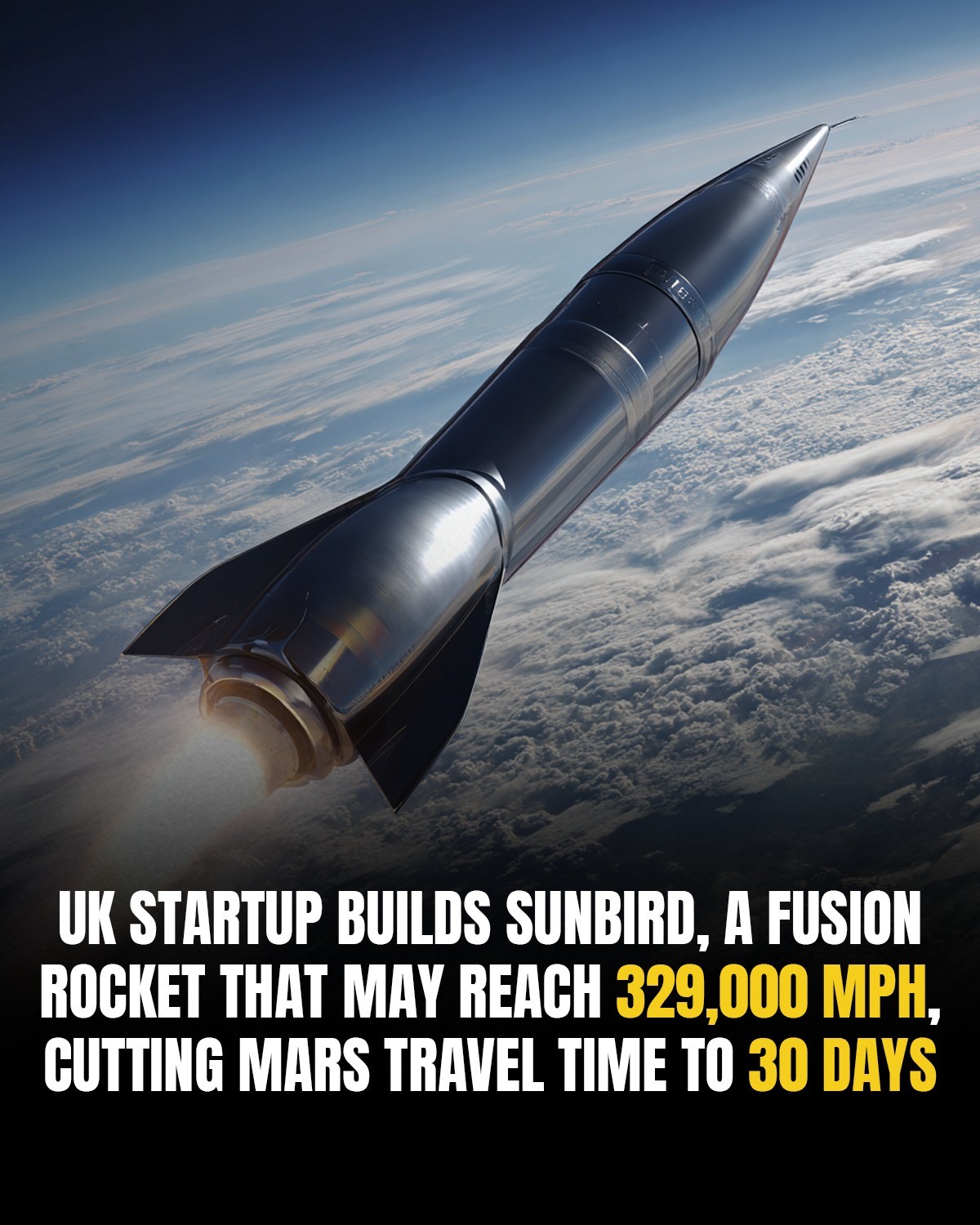Sunbird: The Fusion-Powered Rocket That Could Reach Mars in 30 Days
For centuries, humanity has looked up at Mars as a distant dream — a red dot in the sky that promised adventure, exploration, and the possibility of life beyond Earth. Now, a UK startup is turning that dream into a near-term reality. Pulsar Fusion is developing a spacecraft that sounds like it was lifted from science fiction: a nuclear fusion-powered rocket named Sunbird, capable of reaching speeds up to 329,000 mph.
Sunbird’s technology is revolutionary. It harnesses the same fusion principle that powers the Sun, compressing plasma to release vast amounts of energy. This is a dramatic leap from conventional chemical rockets, which take around seven months to reach Mars. With Sunbird, that journey could be cut down to just 30 days — a speed once unimaginable for human spaceflight.
The implications are staggering. If successful, Sunbird could redefine space travel:
-
Interplanetary cargo transport — moving supplies to Mars in just a month.
-
Asteroid mining — harvesting resources from near-Earth objects more efficiently than ever.
-
Interstellar exploration — opening the door for missions far beyond the solar system.
Each Sunbird rocket is estimated to cost $70 million, but its reusability, energy efficiency, and unprecedented speed promise returns far beyond the investment. For a fraction of the cost of traditional spacecraft, humanity could travel further and faster than ever before.
The project is expected to test in space by 2027, marking a major milestone in fusion propulsion. If successful, it could signal the start of a new era in human space exploration, where Mars is no longer a distant dream but a destination reachable in the time it takes to binge-watch a series.
Sunbird is more than a rocket. It’s a statement: fusion power is no longer science fiction, and the stars may soon be within our reach.






